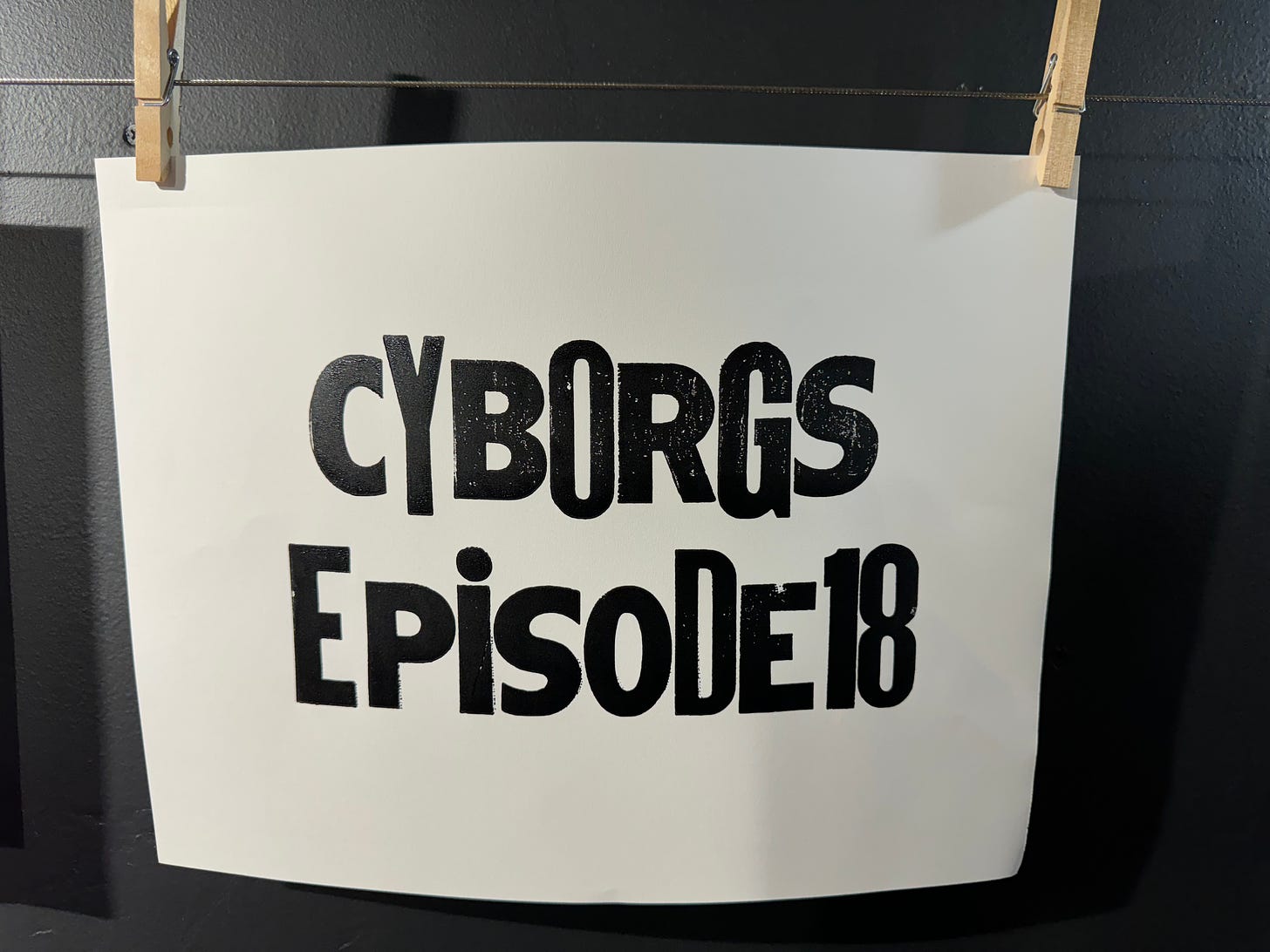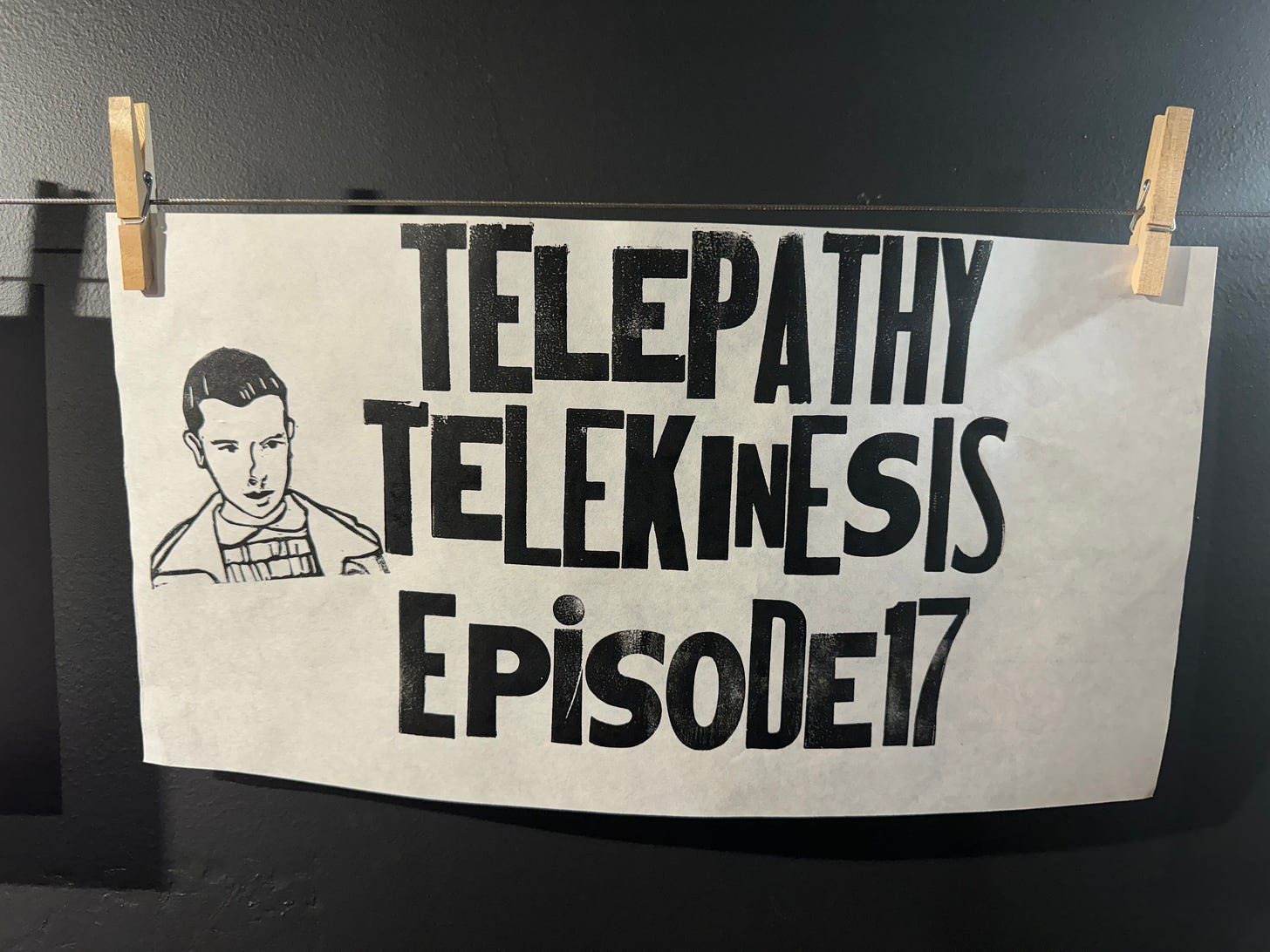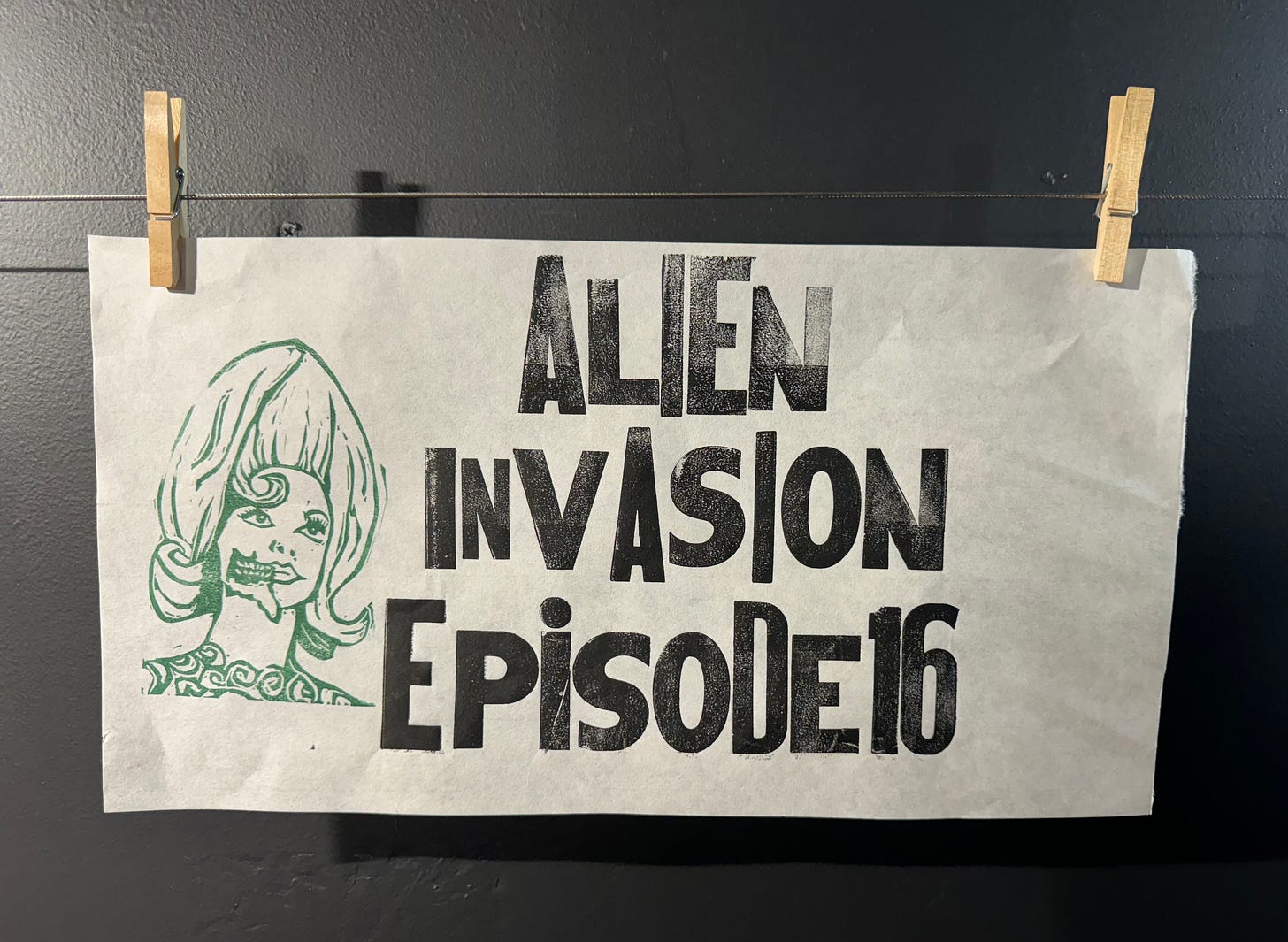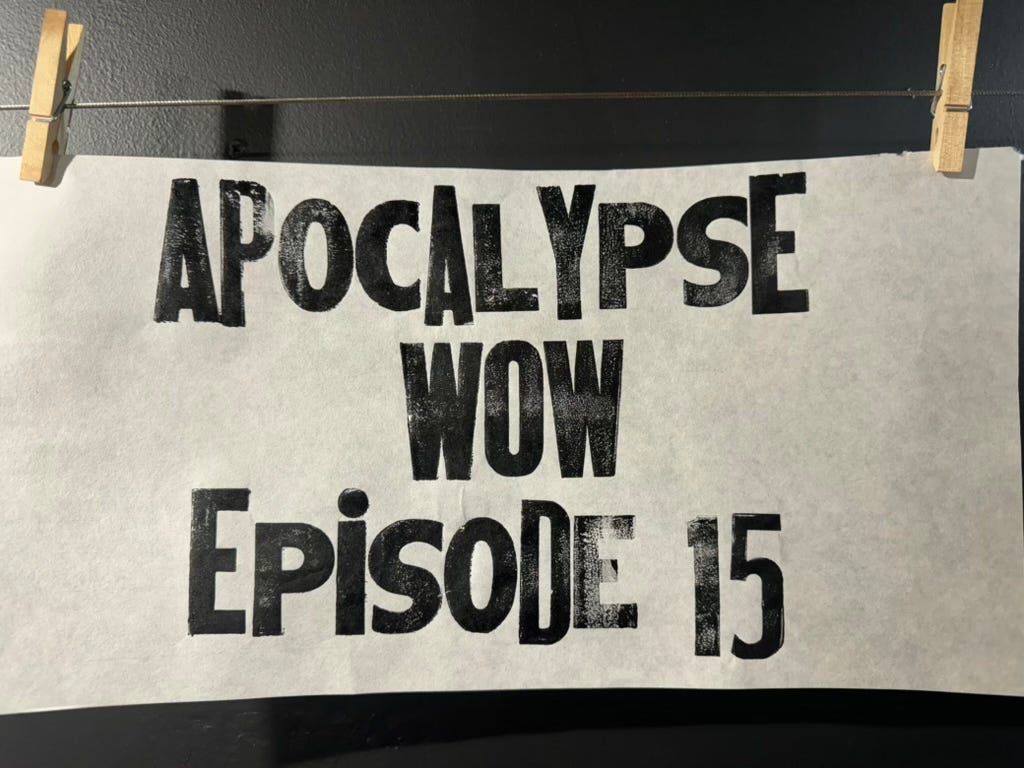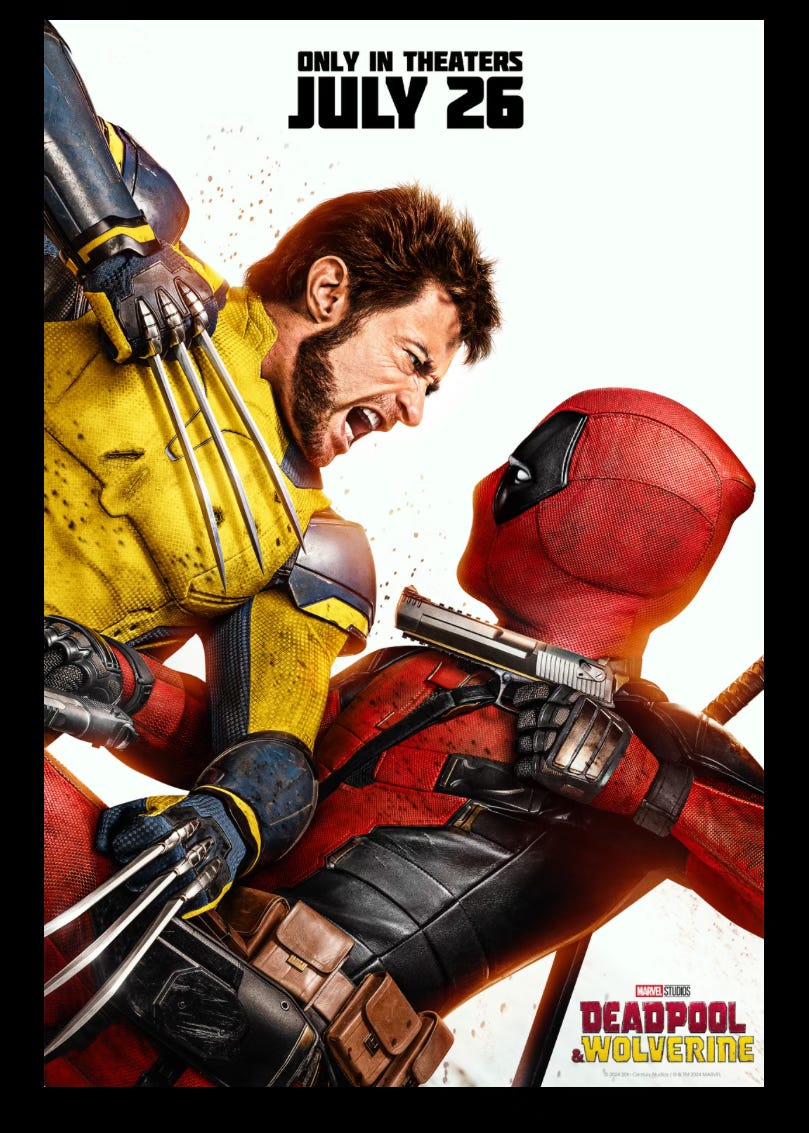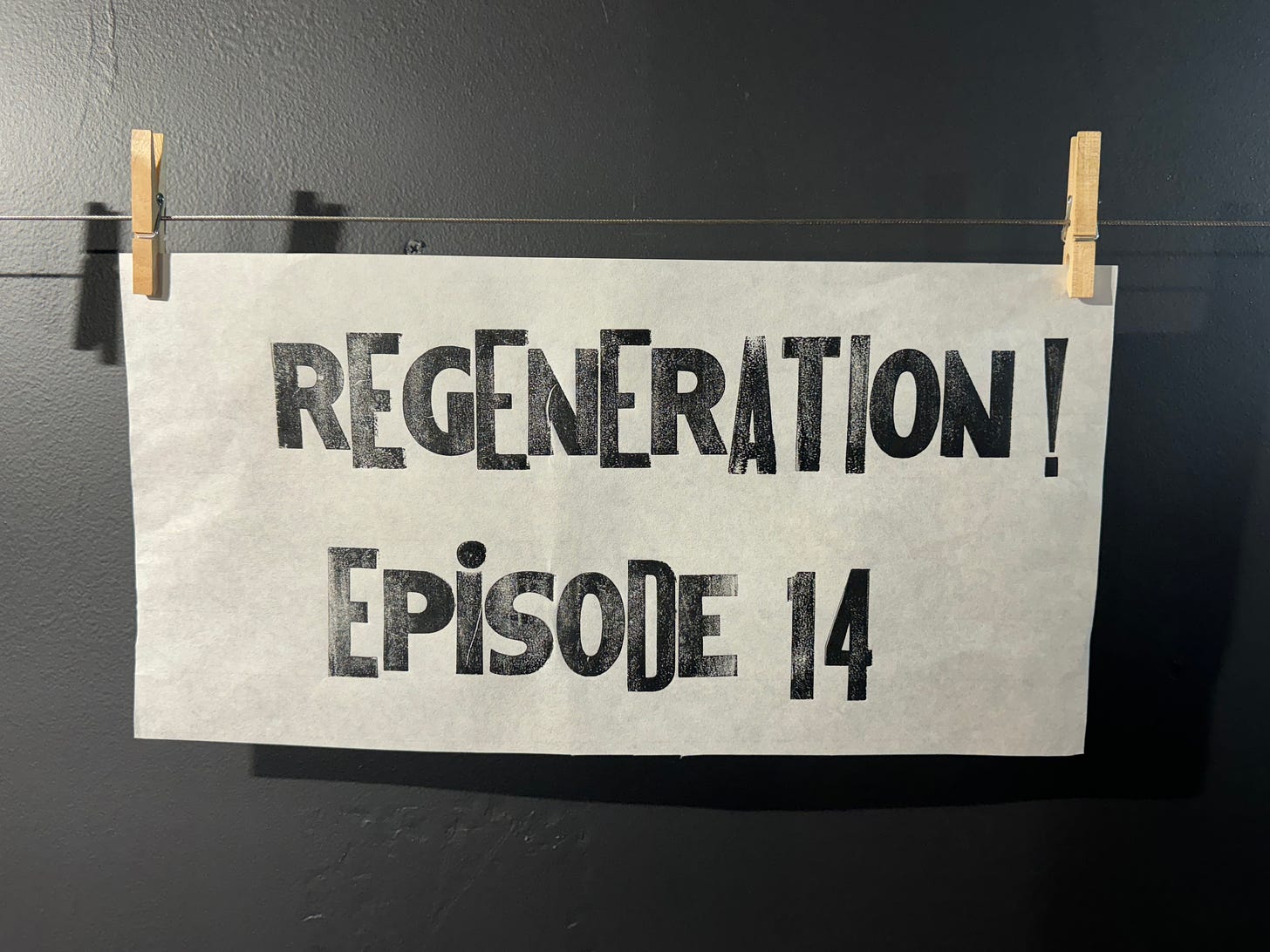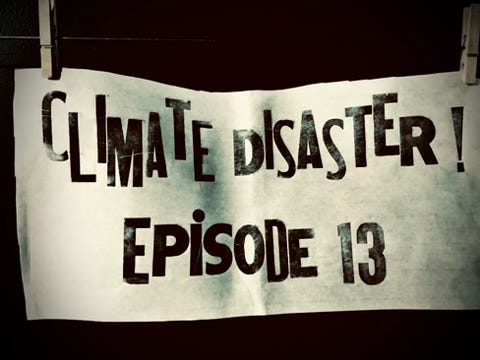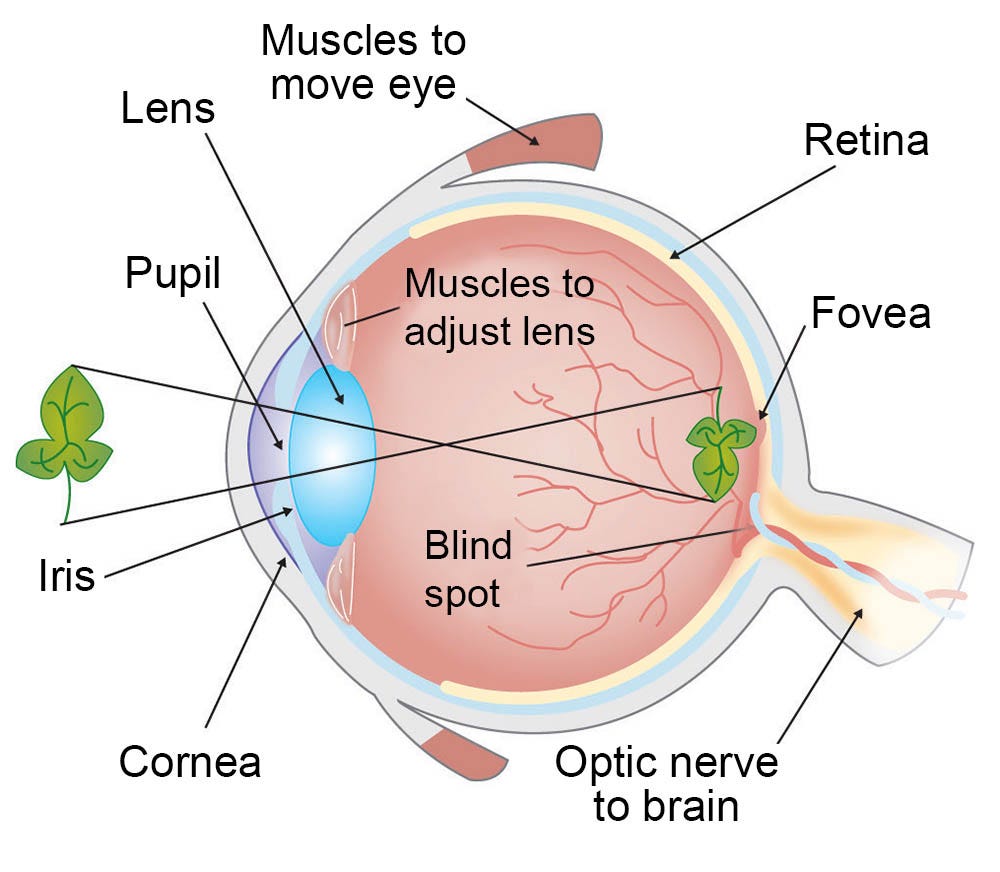Types of apocalypse
1. ZOMBIE
The zombie apocalypse genre has been a popular theme in movies and books, exploring the breakdown of society in the face of a viral outbreak that turns people into undead creatures. Here are notable works in this genre:
Movies:
- “Night of the Living Dead” (1968) – Directed by George A. Romero, this classic film is credited with popularizing the modern zombie genre.
- “Dawn of the Dead” (1978) – Also by Romero, this film is set in a shopping mall during a zombie outbreak, examining societal issues within a contained environment.
- “28 Days Later” (2002) – Directed by Danny Boyle, this film features fast-moving infected humans and explores the aftermath of a virus outbreak in the UK.
- “Zombieland” (2009) – A comedic take on the genre, following a group of survivors navigating a post-apocalyptic world while avoiding zombies.
- “World War Z” (2013) – Starring Brad Pitt, this movie is based on the novel by Max Brooks and depicts a global pandemic of zombie-like creatures threatening humanity.
- “Train to Busan” (2016) – A South Korean film that follows passengers on a train during a zombie outbreak, focusing on survival and human relationships.
Books:
- “World War Z” by Max Brooks – A pseudo-documentary novel detailing the global response to a zombie pandemic, told through interviews with survivors.
- “The Walking Dead” series by Robert Kirkman – Originally a comic book series, later adapted into a popular TV show, following survivors in a world overrun by zombies.
- “Feed” by Mira Grant – The first book in the “Newsflesh” series, set in a post-zombie apocalypse America where bloggers cover politics amid the undead.
- “Zone One” by Colson Whitehead – A literary take on the zombie apocalypse, focusing on a cleanup crew in Manhattan after the outbreak.
- “Patient Zero” by Jonathan Maberry – The first book in the “Joe Ledger” series, featuring a detective fighting against terrorists and a viral zombie outbreak.
- The Dead City series by Joe McKinney – is a collection of zombie apocalypse novels that follow the adventures of police officer Eddie Hudson in a post-apocalyptic world overrun by the undead.
2. VAMPIRE
Movies:
1. “30 Days of Night” (2007) – Based on the graphic novel by Steve Niles, this film follows a group of survivors in an Alaskan town besieged by vampires during a month-long polar night.
2. “Daybreakers” (2009) – Set in a future where vampires dominate the human population, this film explores the consequences of a blood shortage and a potential cure for vampirism.
3. “Stake Land” (2010) – Although primarily a post-apocalyptic film, “Stake Land” features vampires as one of the primary threats to survivors navigating a ravaged America.
4. “Priest” (2011) – In a dystopian world ravaged by centuries of war between humans and vampires, a warrior priest embarks on a mission to rescue his niece from vampire kidnappers.
5. “The Strain” (2014-2017) – While originally a TV series, “The Strain” was based on the book trilogy by Guillermo del Toro and Chuck Hogan. It depicts a viral outbreak caused by an ancient strain of vampirism.
Books:
1. “The Passage” by Justin Cronin – The first book in a trilogy, “The Passage” introduces a post-apocalyptic world overrun by vampire-like creatures known as virals.
2. “I Am Legend” by Richard Matheson – Although primarily focused on a solitary survivor battling vampiric beings, this novel has been adapted into several films exploring themes of isolation and survival.
3. “The Strain Trilogy” by Guillermo del Toro and Chuck Hogan – This book series delves into a modern-day vampire apocalypse caused by an ancient and highly contagious strain of vampirism.
4. “The Vampire Chronicles” by Anne Rice – While not strictly about a vampire apocalypse, Anne Rice’s series delves deeply into vampire mythology and the existence of vampires alongside humanity.
3. METEOR
Movies:
1. “Armageddon” (1998) – Directed by Michael Bay, this blockbuster film follows a team of deep-core drillers sent by NASA to plant a nuclear bomb on an asteroid to prevent it from colliding with Earth.
2. “Deep Impact” (1998) – A science-fiction disaster film that depicts humanity’s efforts to deal with an impending collision between Earth and a large comet, showing both the scientific and personal impacts of such an event.
3. “Melancholia” (2011) – Directed by Lars von Trier, this psychological drama unfolds as a rogue planet approaches Earth, causing widespread anxiety and existential crisis among the characters.
4. “Seeking a Friend for the End of the World” (2012) – While not centered on the impact itself, this film explores human relationships and reactions to the news of an asteroid strike that will likely wipe out life on Earth.
Books:
1. “Lucifer’s Hammer” by Larry Niven and Jerry Pournelle – This novel follows multiple characters before, during, and after a comet hits Earth, causing massive destruction and societal collapse.
2. “The Forge of God” by Greg Bear – In this science fiction novel, two alien species have different plans for Earth as a massive black hole is discovered heading toward the solar system.
3. “Impact” by Douglas Preston – This thriller novel involves a team of scientists racing against time to stop an asteroid from colliding with Earth, discovering a government conspiracy along the way.
4. “Meteor” by Jerry Pournelle and Larry Niven – Set in the near future, this book explores the aftermath of a meteor strike in the Pacific Ocean, leading to geopolitical tensions and global consequences.
4. ALIEN INVASION
Movies:
1. “Independence Day” (1996) – Directed by Roland Emmerich, this blockbuster film depicts humanity’s fight against technologically advanced aliens intent on destroying Earth.
2. “War of the Worlds” (2005) – Based on the novel by H.G. Wells, this film directed by Steven Spielberg follows a father and his children as they try to survive an alien invasion.
3. “Battle: Los Angeles” (2011) – Set in Los Angeles, this film portrays a group of Marines defending the city against hostile alien forces.
4. “District 9” (2009) – This sci-fi film explores themes of segregation and discrimination as aliens are forced to live in slum-like conditions on Earth.
5. “The War of the Worlds” (1953) – An earlier adaptation of H.G. Wells’ novel, this classic film showcases the panic and chaos caused by Martian invaders.
6. “The Andromeda Strain” (1971) – Based on the novel by Michael Crichton, this film follows scientists investigating a deadly extraterrestrial microorganism that threatens human life.
Books:
1. “The War of the Worlds” by H.G. Wells – The classic novel that inspired numerous adaptations, telling the story of a Martian invasion of Earth.
2. “The 5th Wave” by Rick Yancey – This young adult novel follows a teenage girl navigating a post-apocalyptic world after a series of devastating alien attacks.
3. “Footfall” by Larry Niven and Jerry Pournelle – In this novel, aliens invade Earth, and humanity must unite to fight back against technologically superior foes.
4. “The Three-Body Problem” by Liu Cixin – While not a traditional alien invasion story, this sci-fi trilogy explores contact with an advanced alien civilization and its impact on humanity.
5. “Childhood’s End” by Arthur C. Clarke – In this classic novel, aliens arrive on Earth with seemingly benevolent intentions, but their arrival heralds profound changes for humanity.
5. DISEASE
Movies
1. “Contagion” (2011) – Directed by Steven Soderbergh, this film follows the rapid spread of a deadly virus and the efforts of scientists and officials to contain it while society unravels.
2. “Outbreak” (1995) – A thriller film that explores the consequences of an Ebola-like virus outbreak in a small town in California, starring Dustin Hoffman and Morgan Freeman.
Books:
1. “Station Eleven” by Emily St. John Mandel – This novel follows a traveling theater troupe in a post-pandemic world where a flu virus has wiped out most of humanity.
2. “The Stand” by Stephen King – A post-apocalyptic novel where a superflu called Captain Trips wipes out most of the world’s population, leading to a struggle between survivors.
3. “The Hot Zone” by Richard Preston – A non-fiction book that explores the origins and impact of deadly viruses like Ebola and Marburg, highlighting the potential dangers of infectious diseases.
4. “Year One” by Nora Roberts – The first book in a series where a mysterious illness wipes out most of humanity, and survivors must navigate a changed world filled with magic and danger.
6. NATURAL DISASTERS
Movies:
1. “San Andreas” (2015) – Starring Dwayne Johnson, this film follows a rescue pilot navigating through California after a series of devastating earthquakes caused by the San Andreas Fault.
2. “Dante’s Peak” (1997) – A volcanic disaster film where a volcanologist (played by Pierce Brosnan) and a mayor try to evacuate a small town threatened by an impending eruption.
3. “Pompeii” (2014) – Set against the backdrop of the eruption of Mount Vesuvius in 79 AD, this film follows a gladiator’s quest for survival amid the destruction of Pompeii.
4. “10.5” (2004) – A TV miniseries depicting a series of catastrophic earthquakes along the West Coast of the United States, leading to widespread destruction and chaos.
5. “Volcano” (1997) – A disaster film set in Los Angeles, where a volcano unexpectedly erupts, and emergency responders scramble to save the city from lava flows and ash clouds.
7. CLIMATE CHANGE
Movies:
1. “Snowpiercer” (2013) – In a future where a failed climate-change experiment has killed most life on the planet and turned Earth into a frozen wasteland, survivors live on a train that travels around the globe.
2. “Waterworld” (1995) – Set in a future where the polar ice caps have melted, leaving the Earth covered by water, this film follows a lone hero navigating a world of waterborne societies.
3. “The Day After Tomorrow” (2004) – Directed by Roland Emmerich, this film depicts a series of catastrophic weather events triggered by climate change, leading to a new Ice Age.
4. “Interstellar” (2014) – While not solely focused on climate change, this sci-fi film portrays a future Earth where environmental collapse threatens humanity’s survival, leading to a search for habitable planets.
5. “Geostorm” (2017) – In this disaster film, satellites controlling the global climate go haywire, resulting in extreme weather phenomena that threaten the planet.
8. NUCLEAR WAR
Movies:
1. “Threads” (1984) – A British television film depicting the impact of a nuclear war on the city of Sheffield, highlighting the breakdown of society and the long-term consequences of radiation.
2. “The Day After” (1983) – A TV film that follows the residents of Lawrence, Kansas, before, during, and after a nuclear war between NATO forces and the Warsaw Pact, depicting the devastating effects of a nuclear exchange.
3. “Dr. Strangelove or: How I Learned to Stop Worrying and Love the Bomb” (1964) – Directed by Stanley Kubrick, this satirical film explores the absurdity of nuclear warfare through a dark comedic lens.
4. “Mad Max: Fury Road” (2015) – While not strictly a nuclear war film, this post-apocalyptic action movie is set in a world ravaged by nuclear conflict, showcasing a brutal society fighting for resources.
5. “The Road” (2009) – Based on the novel by Cormac McCarthy, this film follows a father and son’s journey across a post-apocalyptic landscape devastated by an unspecified catastrophe, likely nuclear in nature.
Books:
1. “Alas, Babylon” by Pat Frank – A classic novel depicting the struggles of a small Florida town to survive and rebuild after a nuclear war devastates the United States.
8. TECHNOLOGICAL CATASTROPHE
Movies:
1. “The Matrix” (1999) – Directed by the Wachowskis, this sci-fi film depicts a dystopian future where intelligent machines have enslaved humanity in a simulated reality, highlighting themes of control and resistance.
2. “Children of Men” (2006) – Set in a world where humanity faces extinction due to infertility, this film explores societal collapse and the quest for hope amid despair.
3. “The Book of Eli” (2010) – This post-apocalyptic film follows a lone traveler carrying a sacred book in a world devastated by war, showcasing survival skills and moral dilemmas.
4. “WALL-E” (2008) – While primarily an animated film, “WALL-E” portrays a future Earth abandoned by humans due to environmental degradation caused by over-reliance on technology.
5. “The Terminator” (1984) – Directed by James Cameron, this sci-fi action film introduces the premise of the series: a cyborg assassin known as the Terminator (played by Arnold Schwarzenegger) is sent back in time from a post-apocalyptic future to kill Sarah Connor (played by Linda Hamilton), whose unborn son will lead the resistance against the machines.
Books:
1. “The Road” by Cormac McCarthy – This Pulitzer Prize-winning novel describes a post-apocalyptic world resulting from an unspecified cataclysm, likely involving technology.
2. “Oryx and Crake” by Margaret Atwood – The first book in the MaddAddam trilogy, it presents a dystopian future caused by genetic engineering and bioengineering gone wrong.
3. “Neuromancer” by William Gibson – A seminal work in the cyberpunk genre, it explores the potential dangers of AI and cyberspace.
4. “Snow Crash” by Neal Stephenson – A fast-paced novel that explores the consequences of a computer virus in a hyper-commercialized future.
Like this:
Like Loading...
